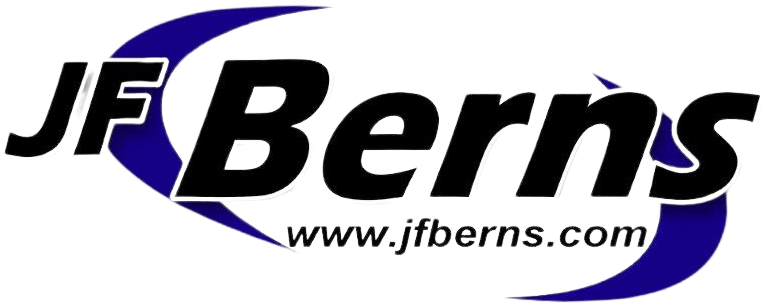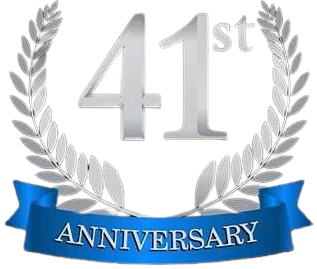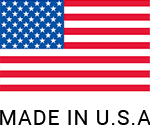STEEL – URETHANE COMPARISON
The JF Berns Company has manufactured both steel and hybrid urethane spindle liners in the past. However, based on our experience and feedback from our customers, we have determined that the sturdy, long lasting steel spindle liner is still the best solution.
The key elements to the best performing spindle liners are:
- Correct clearance over bar outer diameter
- Straightness of the spindle liner ID
- Rigidity of the support liner
Manufacturers of Urethane liners would like you to believe that their liners increase lathe performance, but when compared point by point they really do not and they also do not provide other advantages such as extending the bar length capacity of the lathe. Below are important points to consider when comparing the two styles of spindle liners.
Facts and Advantages of Quality Metal Spindle Liners
- Our liners are straightened to 0.005″ TIR. A urethane liner’s core straightness is determined by the straightness of the bar used to create the mold and the accuracy of the mold to hold the bar exactly on the centerline of the mold. You can verify the straightness of our liners, with a urethane liner there is no way to verify the concentricity of the OD and ID along the length of the tube.
- Metal Spindle Liners can safely be made with extensions to increase the lathe spindle capacity.
- Metal Liners hold their centerline, if there is any gap between a urethane outer wall and the drawtube ID, the force of the bar will take it off-center creating additional vibration. Do not accept a urethane liner that has o-rings to make it fit.
- Extremely durable, can not be cut by sharp edges like urethane liners.
- The elasticity of urethane is greater so that if there is whip in the liner, the urethane can actually increase the amount of vibration as it adds bounce to the whip. Try dropping a steel part on steel and on urethane… which one causes it to bounce?
- The weight of the spindle liner is negligible compared to the capacity of the lathe and does not increase spindle bearing or drive wear. Also, sometimes thick wall urethane liners actually weigh more than a comparable metal liner.
- Metal Liners do not decrease the maximum turning speed of the lathe when sized properly.
- Metal Liners can be made with extremely thin walls to maximize the capacity of the lathe.
- Little to no vibration when sized properly.
- Since the spindle liner rotates with the stock, metal to metal contact does not create any noise louder than the lathe itself.
- Specials (such as 2 or 3 piece liners) can be designed and manufactured.
- Metal can be easily modified and machined if required.
- Safe and secure mounting to the back of the lathe spindle, no deformation that can allow screws to back out.
- Metal Liners will not swell with coolant. They are already easier to get out and even easier with our Easy-Out system.
- Metal Spindle Liners are similar in price to Urethane liners and in some cases less expensive.
- Patented tool-less quick change Metal Liners are available and still have the safe secure connection to the lathe.
Protecting the finish on Chrome Plated or Ground parts:
In some applications it is a requirement to protect the outer diameter on incoming bar stock and out going finished parts being machined in a lathe. For this type application, a urethane style liner seems like the best choice. However, there are some additional items to consider.
- Urethane liners are softer and thus are more likely to get metal chips embedded into their surface. A sharp metal chip is more likely to cause scratching than a smooth metal surface.
- Steel Spindle Liners are less likely to have chips get embedded into them. They also can be hardened to 70 rockwell for even less scratching potential.


















